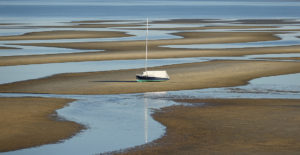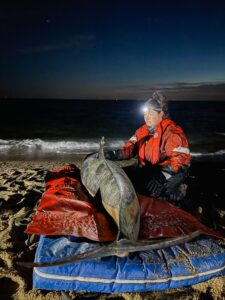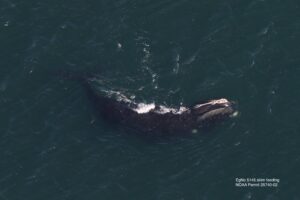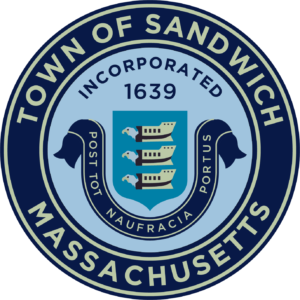The Town of Eastham is a coastal resort community straddling the arm of Cape Cod. Located on the lower Cape, the town is bounded on two sides by land, Orleans and Wellfleet, the other two by water, the Atlantic Ocean and Cape Cod Bay. Eastham is mostly known as the “gate” to the Cape Cod National Seashore. It is a popular place to bring the family for a relaxing vacation. Here are a few things you may not know about Eastham.
Eastham was the site where, in 1620, a hunting expedition landed, comprised from the crew of the sailing vessel Mayflower, which had stopped in Provincetown harbor on Cape Cod Bay after a rough crossing of the Atlantic Ocean. This led to the first encounter of the Pilgrims and the native Nauset people at First Encounter Beach.
Built in 1741, the Swift-Daley House is an excellent place to revisit history. The bowed roof was common with early homes constructed by ship’s carpenters, and the pumpkin pine flooring was hard to come by. Now a museum, the house has stood for 274 years, and is currently operated by the Eastham Historical Society.
The Eastham Windmill was built in 1680 in Plymouth. Around 1770, the windmill was ferried on a log raft across Massachusetts Bay to Truro. The windmill made its appearance in Eastham by ox-cart in 1793 and was placed near Salt Pond. Subsequently, it was sold and relocated to its present site on the Village Green across from Eastham Town Hall on Route 6.
The ocean beaches in Eastham, Coast Guard Beach and Nauset Light Beach, as well as the land bordering them, were incorporated into the Cape Cod National Seashore, under the auspices of the National Park Service, on Aug. 7, 1961.
The Three Sisters of Nauset are a trio of historic lighthouses off Cable Road. Falling prey to coastal erosion and decay brought by time and poor maintenance, they fell into sea in 1890 and were replaced by wooden towers on brick foundations in 1892. In 1911, two of the three Sisters were decommissioned. One of them, known as the Beacon, was moved back from the shoreline and attached to the keeper’s house. It continued to operate for some time, but ultimately, the Beacon was replaced by the Nauset Light, a new steel tower in 1923, which operates to this day.
The Outer Beach, or “backside,” of Cape Cod has been the notorious graveyard for more than 3,000 ships since the wreck of the Sparrowhawk in 1626. The high cost in lives and property led to the establishment of the Massachusetts Humane Society in 1786, the first organization in the nation devoted to the rescue and assistance of shipwrecked mariners. One of the original nine lifesaving stations was constructed at Nauset.
This gem on the map includes something for everyone, from fishing and canoeing, to hiking, biking, and exploring historical landmarks, museums and cemeteries.
By Ann Luongo

























